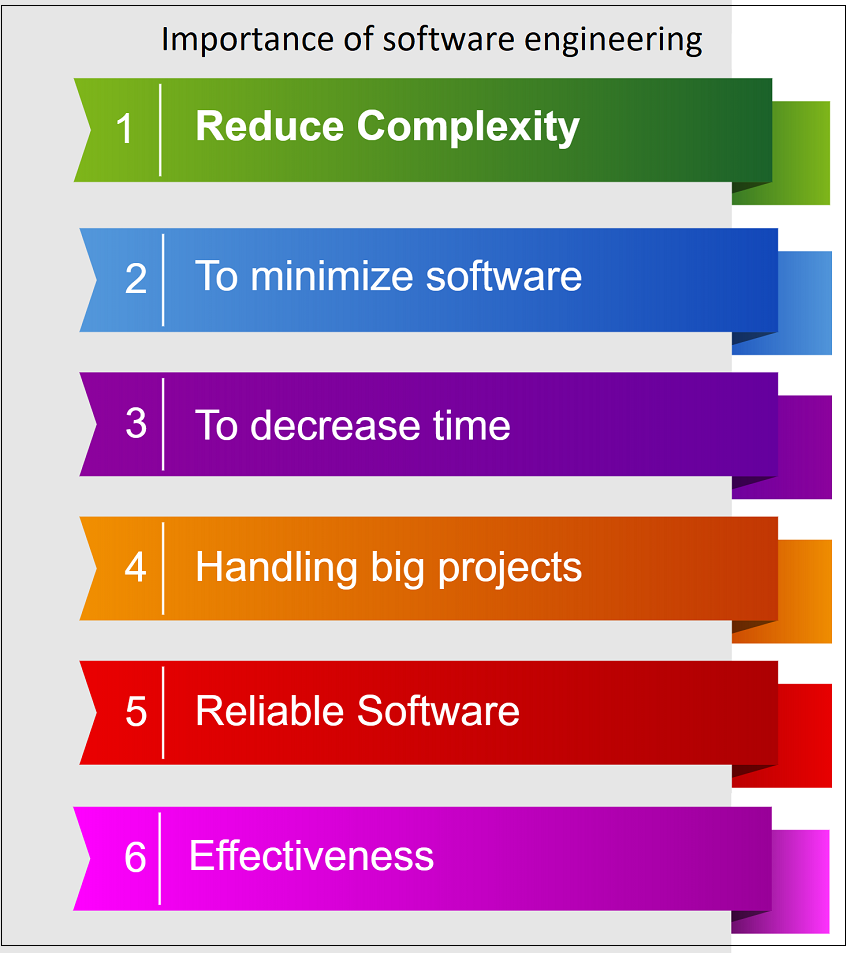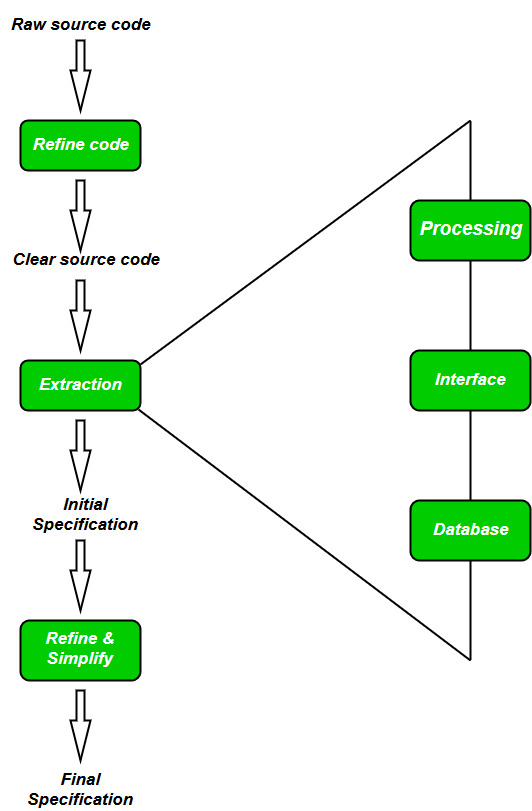Software design is a mechanism to transform user requirements into some suitable form, which helps the programmer in software coding and implementation. It deals with representing the client's requirement, as described in SRS (Software Requirement Specification) document, into a form, i.e., easily implementable using programming language.
.jpg)

The software design phase is the first step in SDLC (Software Design Life Cycle), which moves the concentration from the problem domain to the solution domain. In software design, we consider the system to be a set of components or modules with clearly defined behaviors & boundaries.
Software Engineering Tutorials
Software Engineering COCOMO Model Cocomo (Constructive Cost Model) is a regression model based on LOC, i.e number of Lines of Code. It is a procedural cost estimate model for software projects and often used as a process of reliably predicting the various parameters associated with making a project such as size, effort, cost, time and quality. . Software engineering is a discipline that integrates process, methods and tools for the development as computer software. The capability maturity model integration (CMMI) is a comprehensive process meta-model that describes the specific goals, problems and capabilities that should be present in a matured software process. Software Engineering Tutorial. Software Engineering Tutorial delivers basic and advanced concepts of Software Engineering. Software Engineering Tutorial is designed to help beginners and professionals both. Software Engineering provides a standard procedure to design and develop a software. Software Engineering Tutorial Software Engineering Project 2008-2009 v.1.0 il gruppo dedicato al progetto di Ingegneria del Software dell'anno accademico 2008/2009.La finalita' e' quella di creare un punto di ritrovo che ci permetta di comunicare in modo piu' semplice e inmediato.
Objectives of Software Design
Following are the purposes of Software design:
Software Engineering Tutorial Pdf

- Correctness:Software design should be correct as per requirement.
- Completeness:The design should have all components like data structures, modules, and external interfaces, etc.
- Efficiency:Resources should be used efficiently by the program.
- Flexibility:Able to modify on changing needs.
- Consistency:There should not be any inconsistency in the design.
- Maintainability: The design should be so simple so that it can be easily maintainable by other designers.
